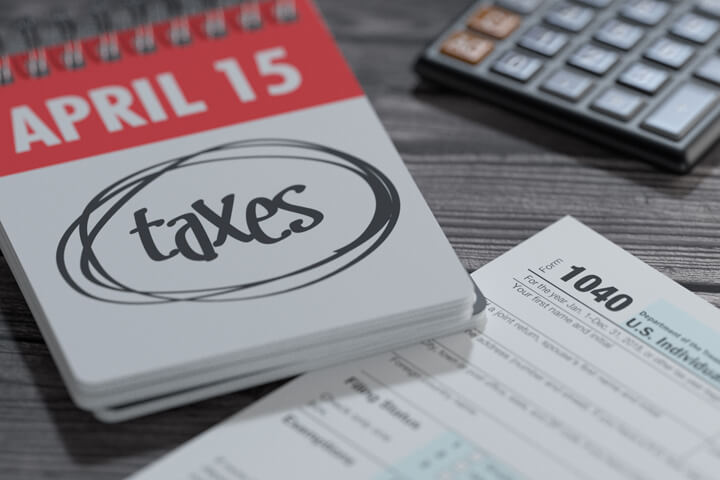The topic of income tax for small firms in Australia is difficult. It’s no surprise that little company owners get irritated with paying taxes because there are so many nuances to it, from quarterly payments to various thresholds and tax rates.
Income tax for small businesses in Australia is a complex subject. It’s no surprise that small company owners feel like pulling their hair out when it comes to paying taxes, given the range of quarterly payments, different thresholds and tax rates.
While it is usually suggested that you seek assistance from a business tax accountant to assist with your company taxes, we’ll go through some of the basics of small business taxes in Australia below.

To begin, the definitions you’ll need to understand while calculating your company taxes are as follows:
The tax you’ll pay on your business’s profits after deductions and concessions are known as income tax.
The tax you’ll pay on any firm items you’ve sold for a profit over the previous year is known as capital gains tax.
Although goods and services tax is technically paid by the consumer on your items and services, you are responsible for it.
The payroll tax is a fee that some employers will incur for the salaries they have paid to their workers.
Most small firms in Australia will not have to pay all of these taxes every quarter or year. Still, they are likely to arise at some point, and it’s important to understand them at a basic level.
Now that we’ve gone through the major components of small business tax in Australia, let’s get down to some of the more minor elements.
How much tax does a business pay on its profits?
The tax rate in Australia is 26% and 30%, with a 10% GST tax rate. Your payroll tax rate is determined by your state or territory, as well as the total amount you pay in taxable salaries.
If your organization’s income falls below the aggregated threshold of $50 million (in 2019/2020, it was $50 million) AND your passive income is less than 80% of your accessible revenue, you’ll pay a rate of 26% in Australia.
If your firm’s aggregate income exceeds the threshold and your passive income is more than 80% of your available income, you’ll be taxed at a rate of 30%.
If you’re a single trader, you won’t have to pay any tax on the first $18,200 in earnings. As a sole trader, you’ll owe individual income taxes on your return.
If you have only a few workers, you may not need to pay payroll tax since these taxes are applied on a threshold.
If your firm earns more than $75,000 per year in revenue, it must register for GST. You must pay 10% of your taxable items and services to the government, which is added to the price of your goods and absorbed by the customer. It’s up to you to remit that tax to the ATO, so you should keep track of how much money you spend on it.
You’ll need to submit a quarterly Business Activity Statement (BAS) if you’re registered for GST. These quarterly payments are when you’ll pay your company’s taxes.
Keep in mind that the small business tax rate changes from year to year. Always verify with your accountant to ensure you’re not missing any crucial details.

What is the cost of a business tax in Australia?
The size of your company’s tax obligation is determined by your earnings and deductions.
Pre-tax income includes your pre-tax business earnings and other sources of money, such as capital gains. This does not include GST or any GST credits.
Deductions are charges that you may deduct from your company’s tax return in order to operate it.
What is the best way to calculate small business taxes?
If you’re looking for a business tax calculator, the Australian Taxation Office has one on its website.
It’s also a good idea to get help from a business accountant. These professionals frequently assist you in receiving the most deductions and credits possible so that you may pay the smallest amount of taxes feasible.
